How to Plant a Container Garden

Are you looking for ways to plant a garden in a container? Learn how to plant a container garden with these simple tips.
After sharing my outdoor living spaces, I received lots of questions about how to plant, design and care for a container garden.
In my yard, I do a mix of both elaborate and simple container garden designs.
An elaborate planting has more than one type of plant.
A simple planting has one type of plant.
Simple container plantings are pretty straightforward, so today we’ll focus on how to plant an elaborate container garden.
How to Plant a Container Garden
Container gardens are so fun to design. It is one of my favorite things to do in the garden.
Whether you keep it simpler or create something more elaborate, container gardens are the perfect addition to both indoor and outdoor living spaces.
Step One: Choose Your Container
First, it’s important to determine what style, color, and size containers you are using before purchasing plants.
I prefer to use oversized or larger planters because they do not dry out as quickly and can hold more plants.
Step 2: Choose Plants
When creating an elaborate container garden, consider the container design technique: thriller, filler, and spiller while shopping.
To further explain this planting technique, see Proven Winners Container Gardening Techniques.
While shopping at the nursery, play around with plants using this technique to see what colors and textures look best.
Choose plants that inspire, but also remember to keep in mind where outdoor planters will be maintained. Because shade vs sun matters when buying plants.
Plant containers in odd numbers it is more pleasing to the eye. But make sure you purchase enough plants to fit in the container you are using.
I tend to overstuff my outdoor planters so they look fuller.
Step 3: Add Fresh Potting Soil
If you do not have potting soil in your containers, add fresh potting soil. If your container already has potting soil, remove some of the old soil and add fresh soil.
When we water plants, soil nutrients wash out, so always add fresh soil to containers when planting. I tend to remove about half of the old soil then add new soil underneath and around new plants so the roots have healthy soil to grow in.
Potting Tips
- Before adding potting soil, line the inside of the container with weed fabric. Weed fabric allows water to seep out the drainage hole while keeping soil inside the container.
- To keep a container garden lightweight, recycle plastic nursery pots by filling the bottom of a container about 1/4-1/3 of the way. I usually crush them down. Then fill with soil and plants. Containers will be significantly lighter to move around!
Step 4: Design Your Container
When the container is ready for planting, start stuffing it with the thriller, filler, and spiller planting technique.
While working, step back a few times to see that the container has symmetry and fullness.
As an aside, I like to stuff plants in containers – there is usually no room left in a pot after I plant.
If you want to take it a step further, consider adding natural elements such as bows, raffia, wicker, birdhouses, etc.
Do what you love and most importantly, have fun with it!
The Best Way to Pot a Plant
The best way to pot a plant is from an upright position. For years, I was bending over and planting containers from the ground.
But this year, I started using a potting bench, and it is so much easier to plant a container that way!
If you don’t have a potting bench, consider using a folding table or something to raise the pots off the ground.
Step 5: How to Care for a Container Garden
To keep annuals healthy and looking good, they must be fertilized. I love to use THIS slow-release fertilizer because it is set and forget.
Water outdoor containers regularly.
In spring, the elements usually do most of the work for me in New Jersey but in general, it’s about once a week.
But once the New Jersey hot summer humid temps hit, I water them once a day.
The best rule of thumb is to keep an eye on any potted plants you have. If they start looking sad and droopy, it’s time to water.
It is important to always water your plants – whether houseplant, outdoor container, vegetable garden…whatever they are – earlier in the day. Watering at night promotes pest and disease problems.
Admittedly, I have watered in the late afternoon on occasion if I did not get a chance to water during the day – but that is rare. Make it a habit to water in the early part of the day.
Your plants will reward you for it with prolific blooms and good overall health.
To learn more about houseplants, CLICK HERE.
Pin and Save It on Pinterest
If you like this post, please share and pin it on Pinterest. (If you hover over the image, the Pinterest button will be in the upper left corner.) I’ve created the below-custom pins for this post.
Subscribe to the blog and gain access to information not available to the general public.
Thanks for stopping by!
Enjoy your day! xoxo
If you like this post, please follow me @bricksnblooms on Pinterest, Facebook, Instagram, and Tik Tok. Subscribe to my YouTube Channel. Or join my Facebook Group.
Enjoyed the project?
Suggested materials:
- Potting soil (nursery)
- Plants (nursery)
- Container (nursery)




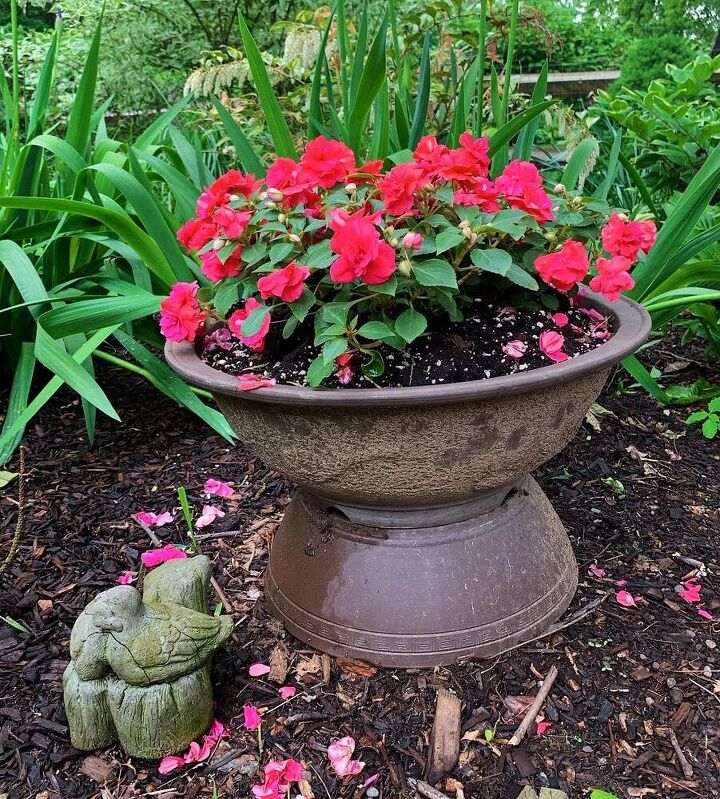












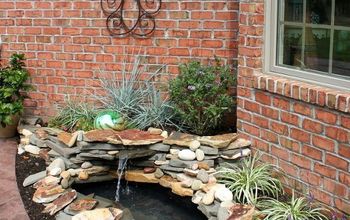
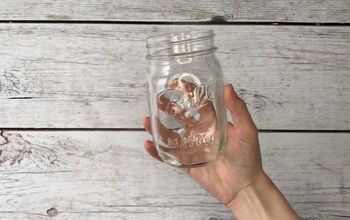





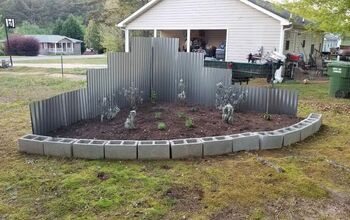


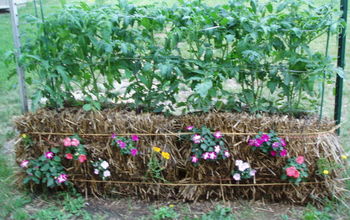
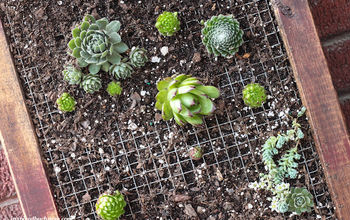
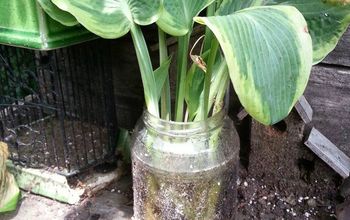

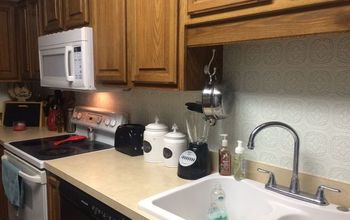



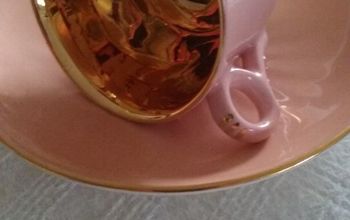




Frequently asked questions
Have a question about this project?